Long-Term ROI of Government Solar Light Design Proposal
Introduction: Why Municipal Solar Street Light Projects Matter
Context and keyword focus: Municipal Solar Street Light
Municipalities worldwide are increasingly adopting Municipal Solar Street Light solutions to cut energy costs, reduce carbon emissions and improve public safety. A well-designed government solar light proposal must demonstrate not only technical feasibility, but also clear long-term ROI. This article walks municipal planners, procurement officers and project stakeholders through realistic cost comparisons, payback calculations and design choices that maximize value over the lifetime of the installation.
What Drives Long-Term ROI for Solar Street Lighting?
Capital, operational, and non-monetary drivers for Municipal Solar Street Light decisions
ROI for a Municipal Solar Street Light program is driven by three main categories: upfront capital expenditure (CAPEX), ongoing operational expenditure (OPEX) including maintenance and energy, and non-monetary value such as resilience, reduced emissions and public safety improvements. Accurate ROI modeling must combine all three to present a convincing and defensible proposal to elected officials and finance teams.
Component Costs: Solar vs. Grid-Connected LED Street Lighting
Understanding CAPEX and OPEX components
When comparing Municipal Solar Street Light options to traditional grid-connected LED street lights, consider these cost components:
- CAPEX: poles, luminaires, LED drivers, solar PV modules, batteries, controllers, foundations and installation labor.
- OPEX: electricity (for grid lights), battery replacements, lamp/driver replacements, routine maintenance and repairs.
- Lifecycle and disposal costs: battery recycling, end-of-life LED replacement.
Representative cost ranges (conservative, global average estimates)
Actual costs vary by region, specification and procurement scale. Below are conservative, commonly observed ranges used in municipal-level feasibility studies:
| Item | Solar Street Light (per pole) | Grid LED Street Light (per pole) |
|---|---|---|
| Typical CAPEX | $2,500 – $6,000 (panel, battery, pole, luminaire, controller) | $1,000 – $3,000 (pole, luminaire, wiring, connection) |
| Annual OPEX (energy + maintenance) | $20 – $120/year (battery maintenance, minimal energy) | $100 – $400/year (electricity + maintenance) |
| Typical Useful Life | 10–15 years (battery replacements typically once in 5–8 years) | 15–20 years (LED drivers/luminaires may need replacement earlier) |
Note: These figures are indicative ranges used in municipal budgeting. Local labor, component brands, solar insolation and electricity tariffs change the final numbers materially.
Sample Payback and ROI Calculation
Illustrative example for a typical municipal road lamp
Example assumptions for one pole to demonstrate payback:
- Lighting need: 100 W equivalent LED, ~12 hours/night (urban area)
- Grid electricity price: $0.12/kWh
- Grid annual energy consumption: 100 W × 12 h/day × 365 = 438 kWh/year
- Annual energy cost (grid): 438 kWh × $0.12 = $52.56/year
- Grid O&M (lamps, wiring, repairs): $80–$300/year depending on region
- Solar CAPEX High Quality vs. grid LED: assume +$2,000 upfront
- Solar OPEX: battery maintenance and occasional controller work = $40–$120/year
Calculated payback (conservative)
Annual saving when switching from grid to solar equals avoided energy cost plus reduced maintenance: assume grid OPEX $180/year vs solar OPEX $80/year => annual saving $100. Add avoided electricity $52.56 gives total annual benefit ≈ $152.56. With CAPEX High Quality $2,000, simple payback ≈ $2,000 / $152.56 ≈ 13.1 years. If local electricity price is higher (e.g., $0.20/kWh) or grid maintenance is high, payback typically shortens to 5–9 years. Availability of incentives, bulk procurement discounts, or battery-protection design can further shorten payback to under 7 years.
Comparison Table: Lifecycle Cost Example (15-year horizon)
15-year total cost projection for one pole (example)
| Item | Solar Street Light (15 years) | Grid LED Street Light (15 years) |
|---|---|---|
| Initial CAPEX | $4,000 | $2,500 |
| Energy cost | $0 – $300 (depends on hybrid/storage losses) | $52.56 ×15 = $788.40 |
| Maintenance (incl. battery replacement) | $1,200 (one battery replacement and maintenance) | $2,250 (lamp/driver replacements & repairs) |
| Total 15-year cost (approx.) | $5,200 | $5,538.40 |
| Net savings (15 yrs) | — | Solar saves ≈ $338 over 15 years (and provides resilience) |
Interpretation: Over a 15-year horizon, Municipal Solar Street Light investments can be cost-competitive or cost-saving, especially where electricity tariffs are higher, maintenance on grid infrastructure is frequent, or resilience is valued.
Design Choices That Maximize ROI
Right-sizing: match PV, battery and luminaire to use-case
Over-specifying PV arrays and batteries increases CAPEX unnecessarily; under-specifying risks outages and higher lifecycle costs. Proper site assessment (insolation, shading, mounting height, pole spacing) and use-case definition (full-night, part-night, dimming schedules) enable optimal configurations that minimize lifecycle cost per lumen delivered.
Use of smart controls and dimming
Integrating intelligent controllers, movement sensors and adaptive dimming reduces energy draw and battery cycling, extending battery life and lowering maintenance costs—improving ROI significantly in low-traffic suburban or rural deployments.
Standardization and bulk procurement
Standardizing pole heights, luminaire models and electrical interfaces allows bulk purchasing, simplifies maintenance inventory and reduces spare-part costs across the municipal fleet.
Financing & Policy Options to Improve ROI
Grants, soft loans, and energy performance contracting
Many governments use grants, concessional loans or performance contracting to bridge CAPEX gaps. Public-private partnerships (PPP) or service contracts where a vendor finances and maintains the system can deliver immediate budget relief while preserving long-term savings for the city.
Incentives and tariffs
Feed-in tariffs are rarely relevant for street lighting, but tax incentives, import duty waivers on solar components and guaranteed maintenance funding make proposals more attractive to decision-makers.
Operations & Maintenance: Real world factors that affect ROI
Battery life, theft & vandalism, and remote monitoring
Batteries are the single largest recurring cost item in off-grid lighting. Choosing higher-quality LiFePO4 batteries, implementing protective housings and tamper-proof fixtures, and using remote monitoring reduces replacement frequency and outage time, protecting projected ROI.
Scheduled maintenance vs reactive repairs
Planned maintenance (annual inspections, cleaning PV modules) is cheaper than reactive repairs. O&M contracts with clear KPIs help control lifecycle costs and ensure expected performance.
Environmental and Social ROI
CO2 reduction, safety and service continuity
Municipal Solar Street Light delivers measurable environmental benefits—lower lifecycle GHG emissions versus grid power in many regions—and social benefits like enhanced safety, continuity during grid outages and improved public perception. These non-monetary returns are often decisive in public projects.
Practical Steps to Build a Strong Government Solar Light Design Proposal
Data-driven feasibility, pilot projects and stakeholder engagement
Start with pilot corridors to validate assumptions (insolation, maintenance regime, community acceptance). Use measured performance to refine full-scale proposals. Include lifecycle cost tables, sensitivity analysis (electricity price, battery life) and clear procurement specifications to reduce risk and accelerate approvals.
Why Choose an Experienced Supplier: The Quenenglighting Advantage
Quenenglighting's strengths and product relevance for Municipal Solar Street Light projects
GuangDong Queneng Lighting Technology Co., Ltd., founded in 2013, focuses on solar street lights and related solar lighting solutions. Queneng has years of project experience and acts as a solar lighting engineering solutions think tank. Their strengths include an experienced R&D team, advanced manufacturing equipment, strict quality control and a mature management system. They hold ISO 9001 certification and have passed international TÜV audits; they also provide internationally recognized certifications such as CE, UL, BIS, CB, SGS and MSDS. These credentials reduce procurement risk for municipal buyers and support compliance with international standards.
Queneng's product advantages for municipal customers
Queneng's main product lines—Solar Street Lights, Solar Spot lights, Solar Lawn lights, Solar Pillar Lights, Solar Photovoltaic Panels and Solar Garden Lights—are designed for durability, efficient optics and energy management. Highlights relevant to municipalities include:
- Solar Street Lights: tailored PV/battery sizing, robust pole integration and smart controllers to extend battery life and minimize downtime.
- Solar Spot lights & Garden Lights: modular designs suitable for parks and public spaces with lower power draw and aesthetic options.
- Solar Lawn & Pillar Lights: scalable solutions for residential and civic areas to provide consistent ambient lighting with low maintenance.
- Solar Photovoltaic Panels: tested panels matched to onsite conditions and mounted for optimal yield to support lighting reliability.
Choosing a supplier like Queneng helps municipalities obtain engineered solutions with warranties, spare-part support and integration into O&M contracts that protect long-term ROI.
Conclusion: Presenting a Convincing Long-term ROI in Proposals
Key takeaways for municipal decision makers
Municipal Solar Street Light projects often present favorable long-term ROI when modeled over realistic lifecycles and when design choices optimize PV, battery and controls for the local environment. Factors that improve ROI include higher local electricity costs, sound battery strategy, smart controls, bulk procurement and the use of qualified suppliers. A credible government proposal combines pilot data, transparent lifecycle cost tables, and procurement paths that mitigate CAPEX concerns through financing or phased deployment.
FAQ — Frequently Asked Questions about Municipal Solar Street Light ROI
1. What is the typical payback period for Municipal Solar Street Light installations?
Typical simple payback ranges from 5 to 13+ years depending on local electricity prices, CAPEX, maintenance regimes and incentives. High electricity tariffs and aggressive maintenance savings shorten payback.
2. How often do batteries need replacement in solar street lighting?
Battery life depends on chemistry and cycling: lead-acid batteries often need replacement every 3–5 years; high-quality LiFePO4 batteries can last 6–10 years with proper management and shallow cycling.
3. Are solar street lights reliable in cloudy climates?
Yes, with correct oversizing of PV and batteries and by using hybrid designs or grid-tied backups for low-insolation regions. Site-specific insolation analysis is essential during design.
4. Do solar street lights reduce maintenance costs?
Yes—solar street lights typically reduce recurring electricity costs and can lower maintenance if designed with quality components, anti-theft features and remote monitoring. However, batteries introduce a maintenance/replacement schedule that must be budgeted.
5. How should municipalities structure procurement to protect ROI?
Use performance-based procurement, include life-cycle cost criteria (not just lowest CAPEX), require warranties and service-level agreements, and consider service contracts where vendors manage O&M and performance guarantees.
6. How can municipalities assess vendors?
Evaluate vendors based on documented projects, certifications (ISO 9001, TÜV, CE/UL etc.), test reports, on-site references, warranty terms and spare-part availability. Suppliers like Quenenglighting with validated credentials reduce procurement risk.
For municipalities preparing a solar lighting proposal, combining clear lifecycle cost models, a pilot validation and a procurement strategy tied to performance will make the financial and public-interest case stronger and increase the chance of successful implementation.

Have more questions about our products or services?
The latest hot news you might like

Discover how solar panels power street lights, exploring the technology behind solar energy conversion, storage systems, and how solar-powered street lights are revolutionizing urban and rural lighting solutions.

Learn how AC Solar Hybrid Street Lights work, their advantages, disadvantages, system behavior in low-sunlight conditions, and why hybrid technology is ideal for regions with unstable sunlight.

Municipalities around the world are increasingly adopting solar-powered streetlights as part of their urban development strategies. Rising energy costs, the need for sustainable infrastructure, and government green initiatives are driving cities to switch from traditional street lighting to advanced LED solar streetlights.
Queneng Lighting provides municipalities with cost-effective, energy-efficient, and durable solar lighting solutions, ensuring safe and sustainable public spaces.

In recent years, the purchase of solar streetlights for municipalities has become a growing trend across the globe. Local governments are under pressure to reduce public expenditure, promote green energy, and create safer communities. Solar streetlights provide a reliable, cost-effective, and sustainable solution that meets these needs. Queneng Lighting, as a leading solar street lighting manufacturer, has supported multiple municipal projects worldwide with customized and energy-efficient solutions.
FAQ
Commercial and Industrial Parks
Can the solar lights operate during cloudy or rainy days?
Yes, our lights have battery backup systems that ensure functionality for up to 3 days without sunlight.
Solar Street Light Luyi
How do Luyi solar street lights save energy compared to traditional street lights?
Luyi solar street lights save energy by using solar power, a renewable energy source, to operate. Unlike traditional street lights that rely on the electrical grid, Luyi lights harness the sun’s energy during the day, which is stored in the battery for nighttime use. The energy-efficient LEDs provide bright illumination while consuming less power than conventional lighting options, significantly lowering electricity costs.
Remote Areas Rural Development
Can solar streetlights be relocated if community needs change?
Yes, they are designed to be portable and can be relocated to new sites with minimal adjustments.
Battery and Analysis
What are the advantages of lithium-ion batteries?
2) High working voltage;
3) No memory effect;
4) Long cycle life;
5) No pollution;
6) Light weight;
7) Small self-discharge.
Tourist Attractions and Resorts
Are solar lights bright enough for outdoor areas at night?
Yes, solar lights are designed to provide adequate brightness for outdoor areas such as pathways, gardens, and parking lots. Advanced solar technology ensures they provide sufficient lighting for safety and ambiance.
Solar Street Light Luyan
What makes Luyan solar street lights eco-friendly?
Luyan solar street lights are eco-friendly because they use renewable solar energy, reducing reliance on fossil fuels and minimizing carbon emissions. The lights are powered by solar panels, and the energy-efficient LEDs ensure lower power consumption, making them a sustainable lighting solution for outdoor areas.
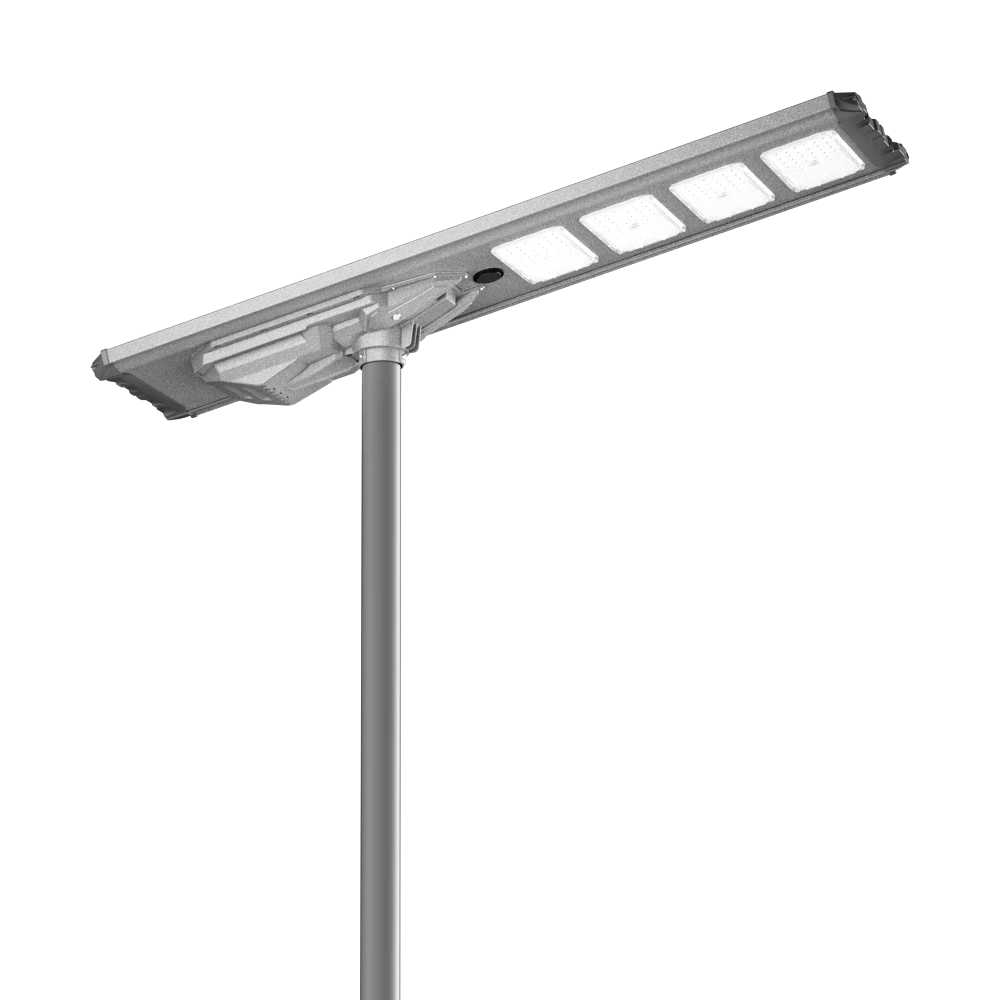
Queneng's Lufei Solar Street Light offers durable, energy-efficient outdoor lighting solutions. This solar-powered street light provides reliable illumination, reducing energy costs and environmental impact. Ideal for outdoor spaces, Lufei ensures safety and security.
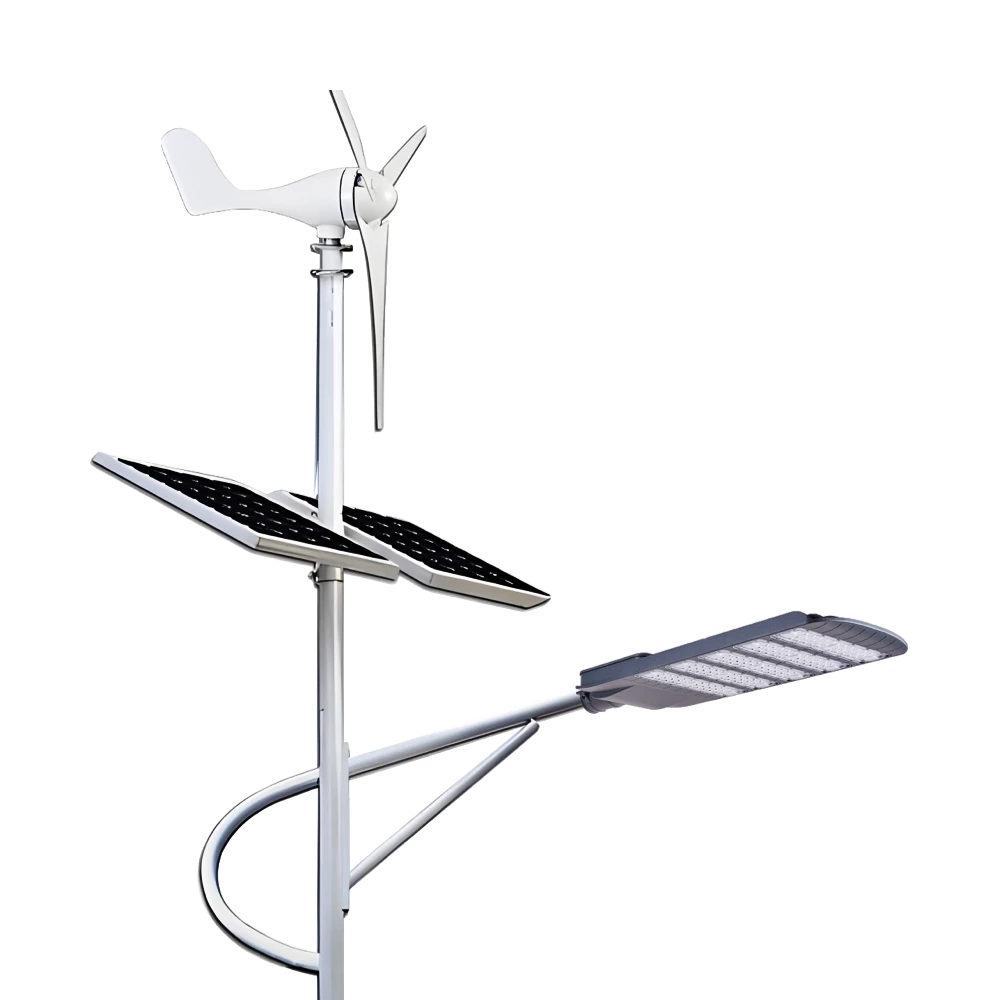
Queneng Lufeng Wind Energy LED Outdoor Solar Street Lights offer high-performance, eco-friendly illumination. These energy-efficient LED street lights harness solar power and wind energy for sustainable, cost-effective outdoor lighting solutions.
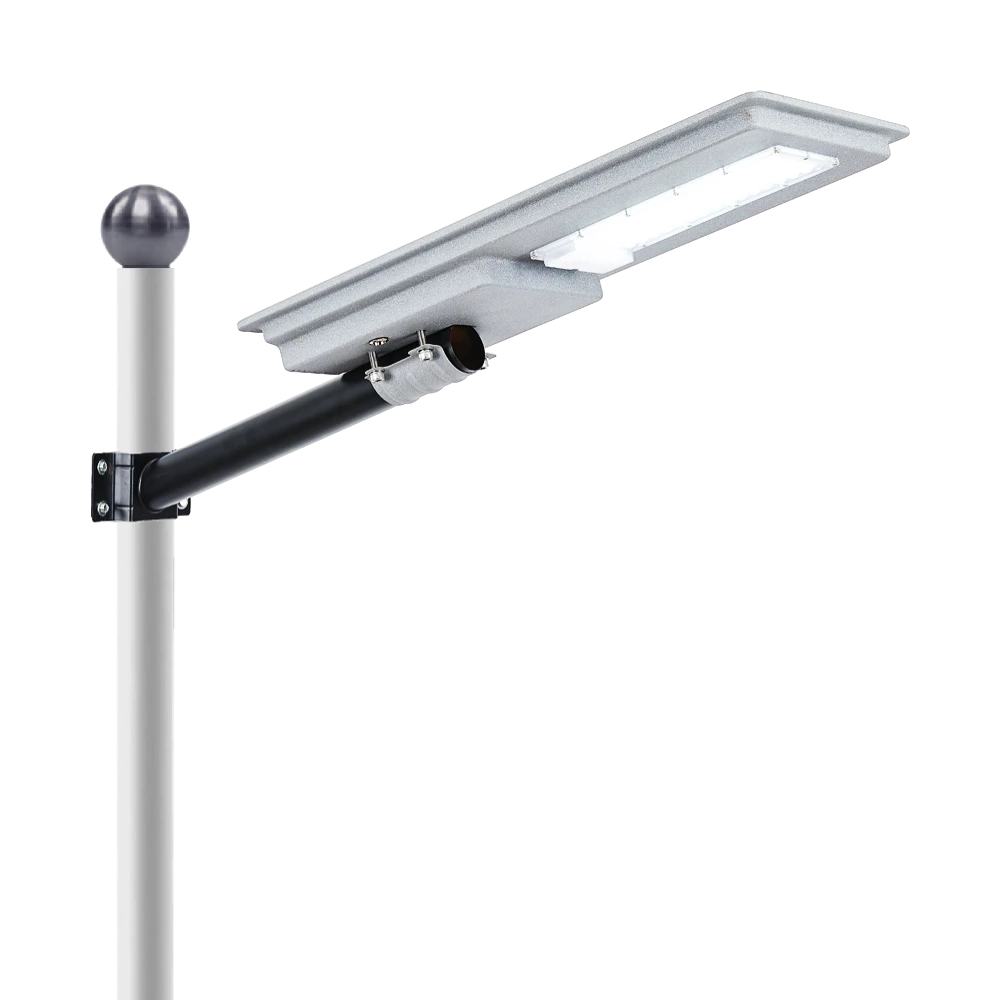
Introducing the Luda Solar Street Light by Queneng: the ultimate in outdoor lighting. This durable, eco-friendly solar street light offers high efficiency and sustainability. Perfect for illuminating streets, pathways and public spaces, it harnesses solar power to reduce energy costs and environmental impact.
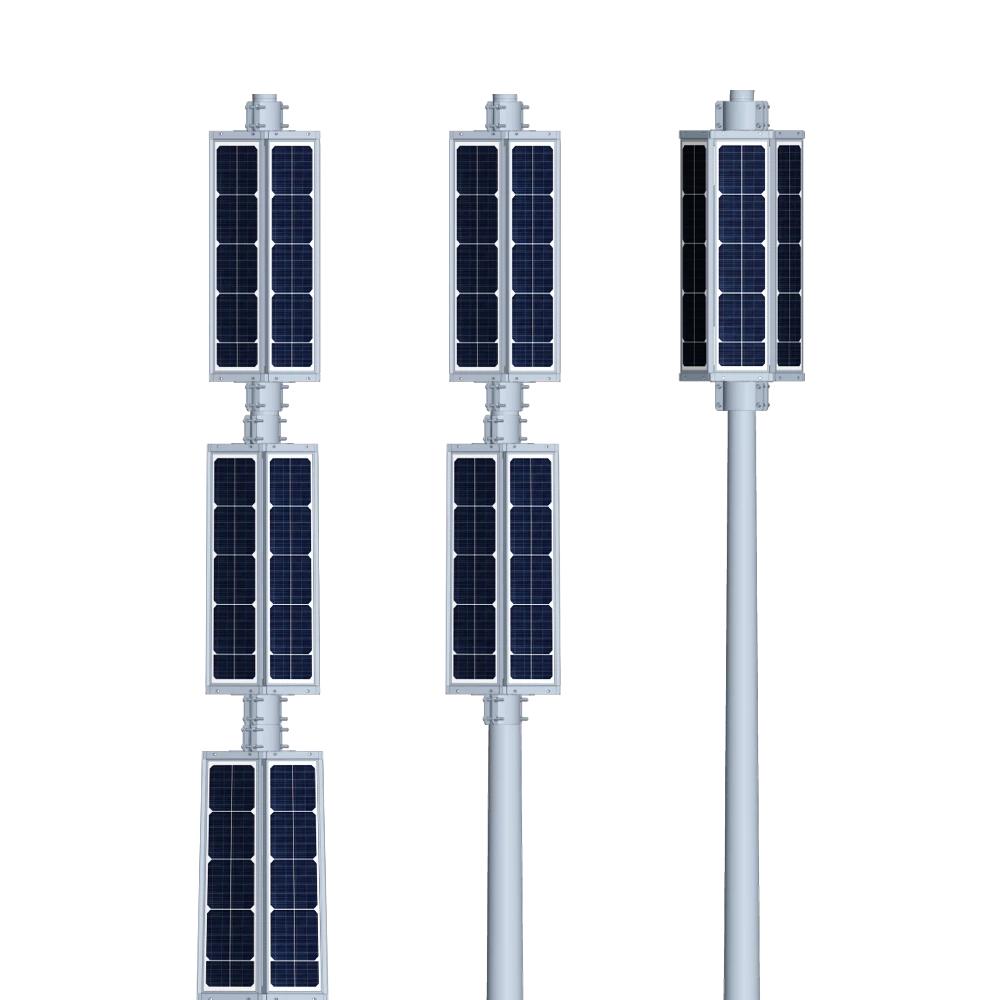
Queneng's Luzhou Solar Street Light provides sustainable, energy-efficient outdoor LED lighting. Powered by solar energy, it's a cost-effective and eco-friendly solution for illuminating streets and pathways. A reliable and durable LED solar street light.
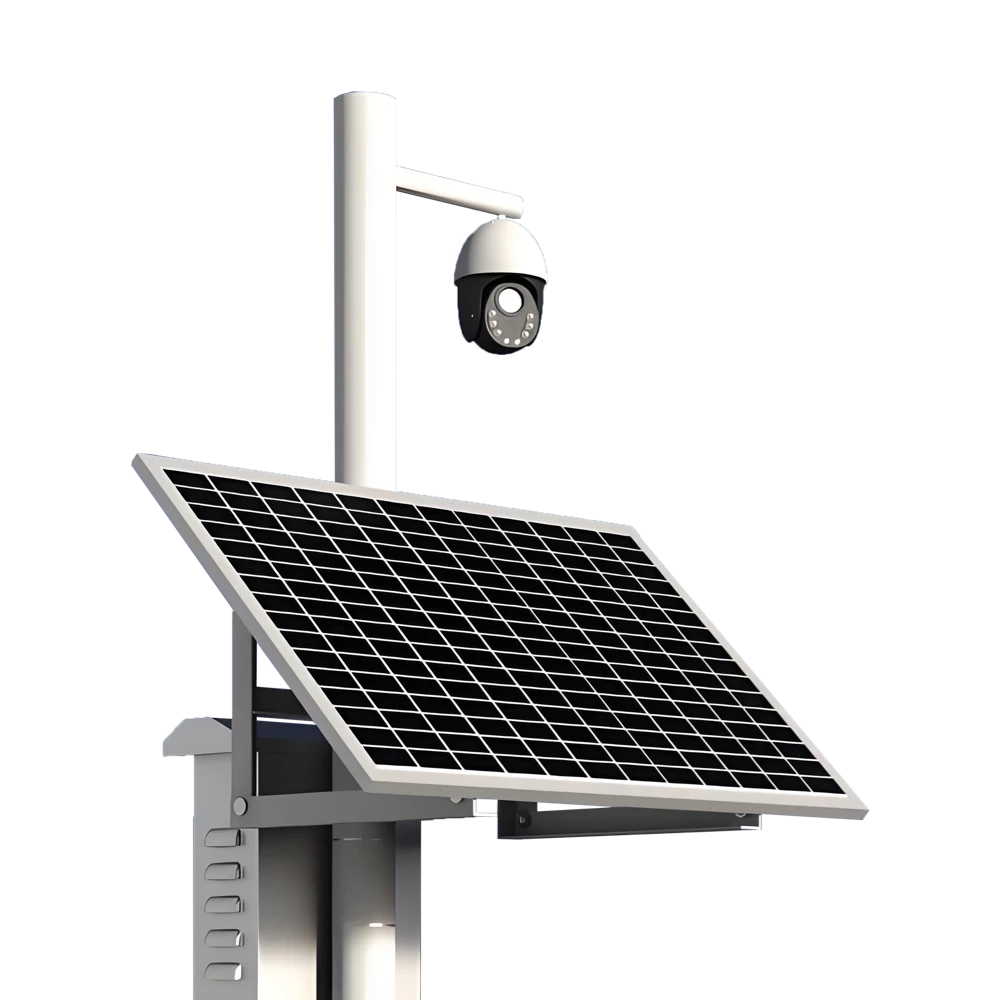
The Solar Street Light offers an energy-efficient, eco-friendly solution for illuminating outdoor spaces.
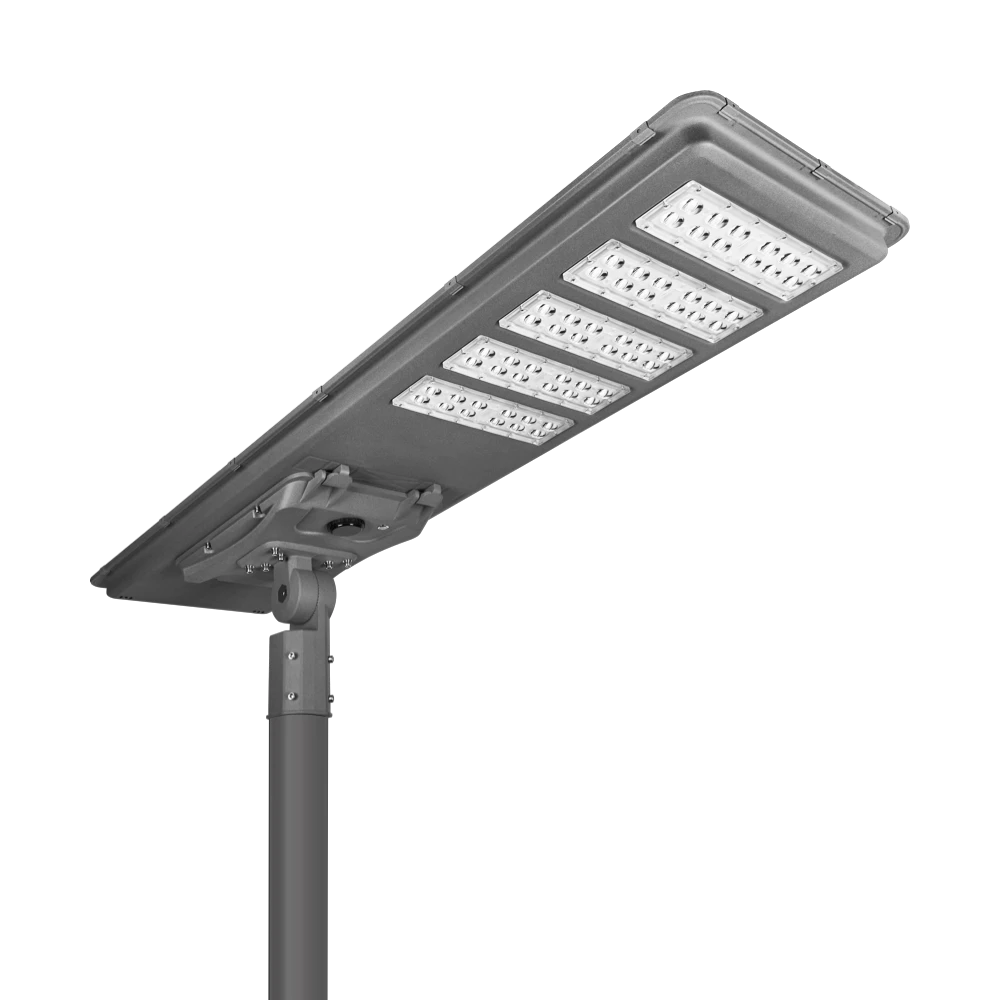
Discover the Lulin High-Performance Solar Street Light by Queneng, a durable and energy-saving outdoor lighting solution. Designed for efficiency and reliability, it harnesses solar power to sustainably illuminate streets and pathways. Optimize your outdoor spaces today with Queneng's innovative solar street lighting technology.
Our professional team is ready to answer any questions and provide personalized support for your project.
You can reach us via phone or email to learn more about Queneng’s solar lighting solutions. We look forward to working with you to promote clean energy solutions!
Rest assured that your privacy is important to us, and all information provided will be handled with the utmost confidentiality.
By clicking 'Send Inquiry Now' I agree to Queneng processing my personal data.
To see how to withdraw your consent, how to control your personal data and how we process it, please see our Privacy Policy and Terms of use.
Schedule a Meeting

Book a date and time that is convenient for you and conduct the session in advance.
Have more questions about our products or services?





















